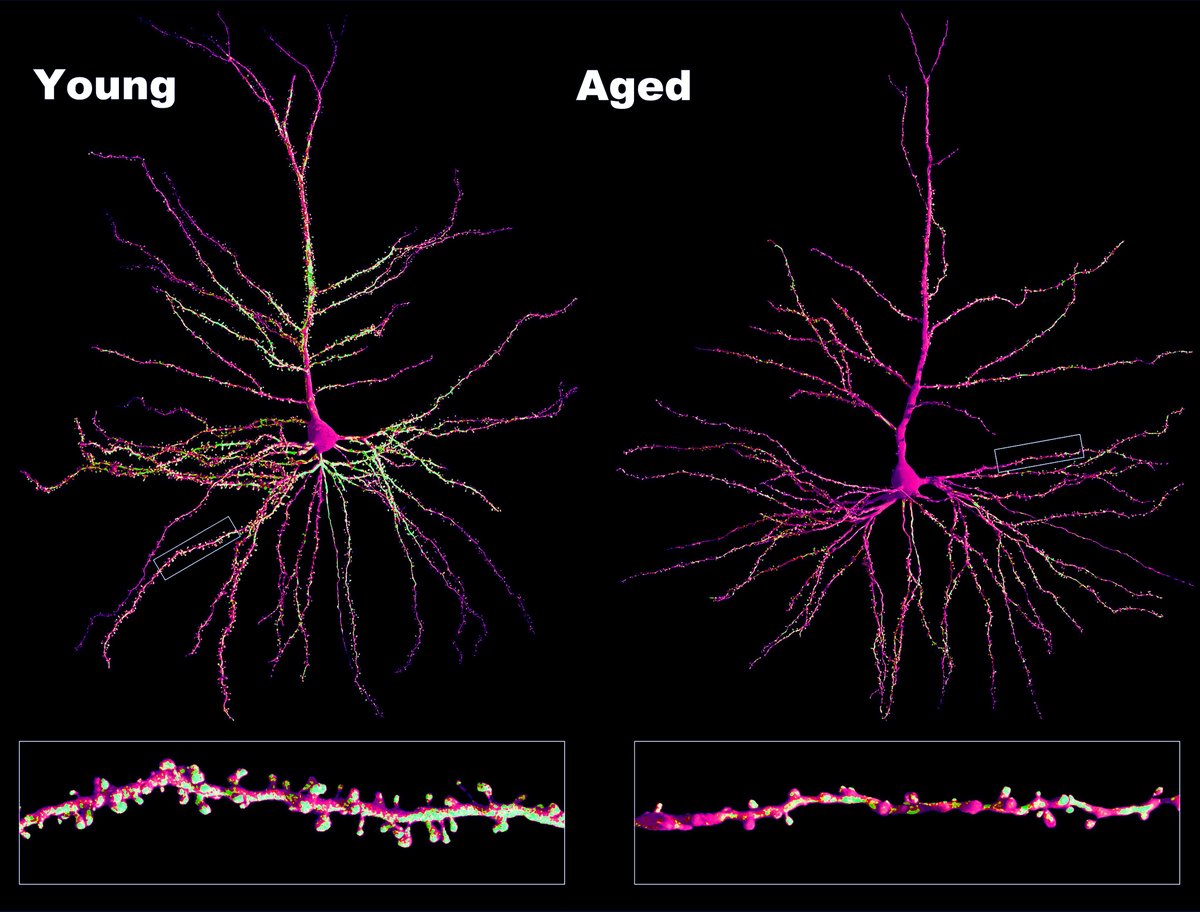Thank you @AkassoglouLab for putting #COVID19 where it belongs: together with other neurological diseases like Multiple Sclerosis and Alzheimer's disease.
#NeuroCovid
cell.com/cell/fulltext/…
#NeuroCovid
cell.com/cell/fulltext/…

• • •
Missing some Tweet in this thread? You can try to
force a refresh









